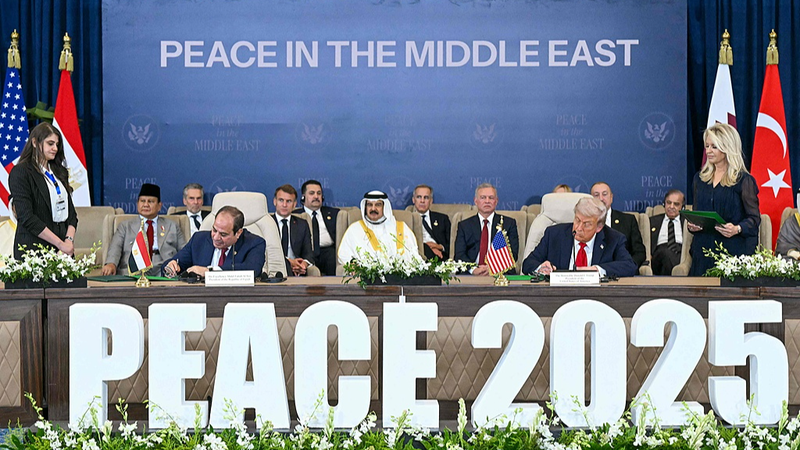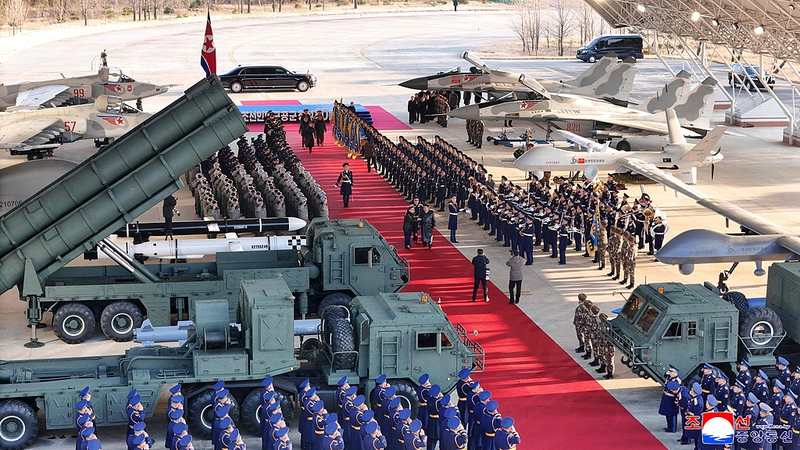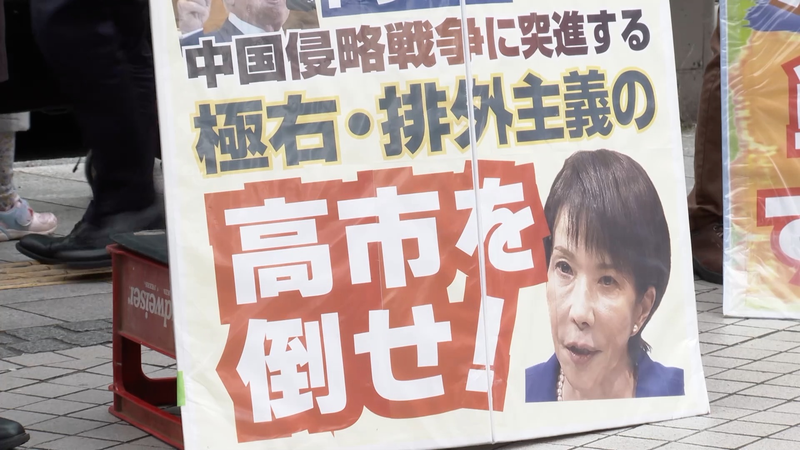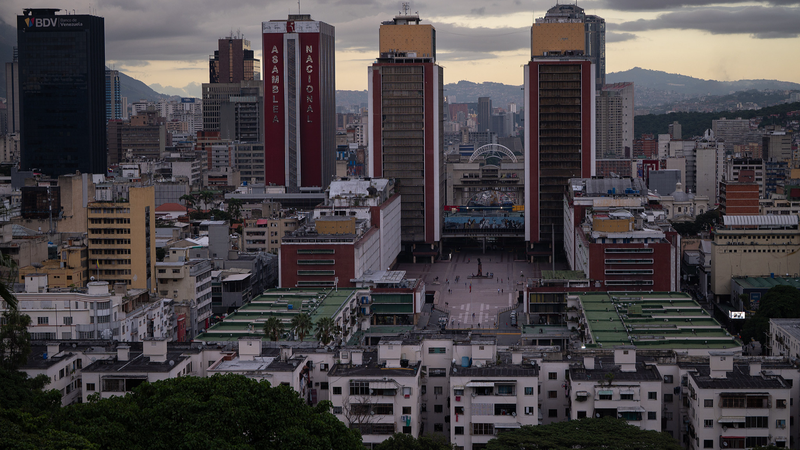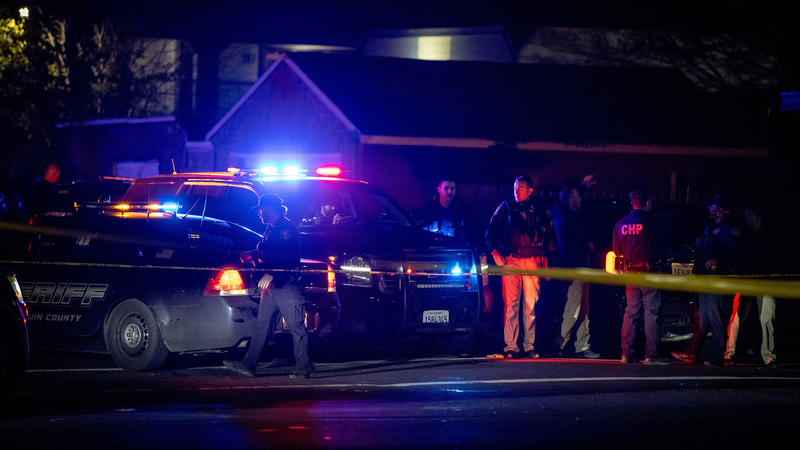Last week in Sharm el-Sheikh, Egypt, world leaders gathered at the Gaza Peace Summit to mark the first truce between Israel and Hamas in over two years of conflict. The event served as both a diplomatic milestone for the United States and an urgent reminder that lasting peace remains fragile.
The deal, brokered by the US alongside Qatar, the UAE and others, saw Hamas release detained Israeli nationals and return the remains of deceased captives. In exchange, Israel freed hundreds of Palestinian prisoners, pulled troops back from key zones and reopened five border crossings to let in much-needed aid. For more than two million residents of Gaza, this first-phase pause ended months of violence—at least for now.
But the truce didn’t happen by itself. Behind the scenes, the US pressured Israel’s Prime Minister Benjamin Netanyahu, with President Donald Trump urging him to accept the terms. Qatar, the UAE and other regional actors turned up the heat on Hamas. The result? A hard-fought ceasefire that Trump’s administration proudly touted as its first big foreign policy win.
For Washington, the summit was also a chance to rebuild ties with Gulf states. After deep strains following Israel’s attack on Qatar in September, US partners in energy, tech and security needed reassurance. Sharm el-Sheikh provided a high-profile setting to mend fences and showcase renewed cooperation.
Yet, beneath the summit’s fanfare lie unresolved challenges. Hamas wasn’t invited, Prime Minister Netanyahu skipped the meeting, and Palestinian Authority President Mahmoud Abbas was the lone Palestinian voice in the room. Key questions—like Gaza’s political future, economic recovery and who will govern—remain unanswered. The US-led plan calls for disarming Hamas, a demand the group rejects. At the same time, there’s no clear blueprint for a new administrative body in Gaza.
Humanitarian relief has started flowing, but much of it came from stockpiles built up over two years. Gaza’s more than two million residents need long-term support—financially and socially—to rebuild schools, hospitals and farms. With billions of dollars at stake and deep political rifts, sustaining aid will be no small feat.
The Sharm el-Sheikh summit underscores a renewed push for Middle East peace, but true stability in Gaza will require more than high-level photo ops. As global citizens watch, stakeholders from Washington to Doha must follow through on promises, craft pragmatic solutions and share the heavy lifting. Only then can the dream of a two-state solution move closer to reality—and Gaza’s weary residents begin to hope again.
Reference(s):
cgtn.com
